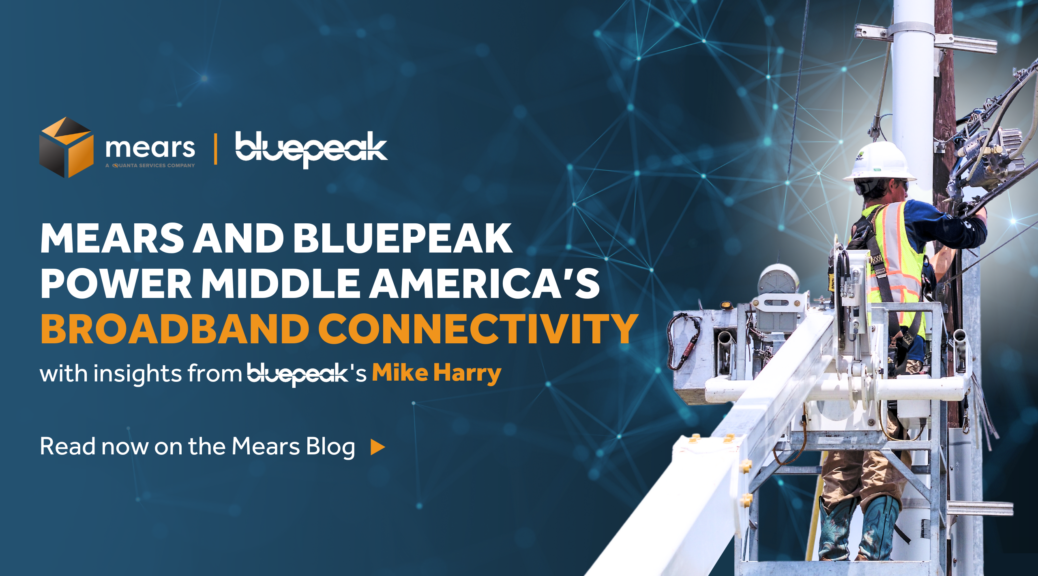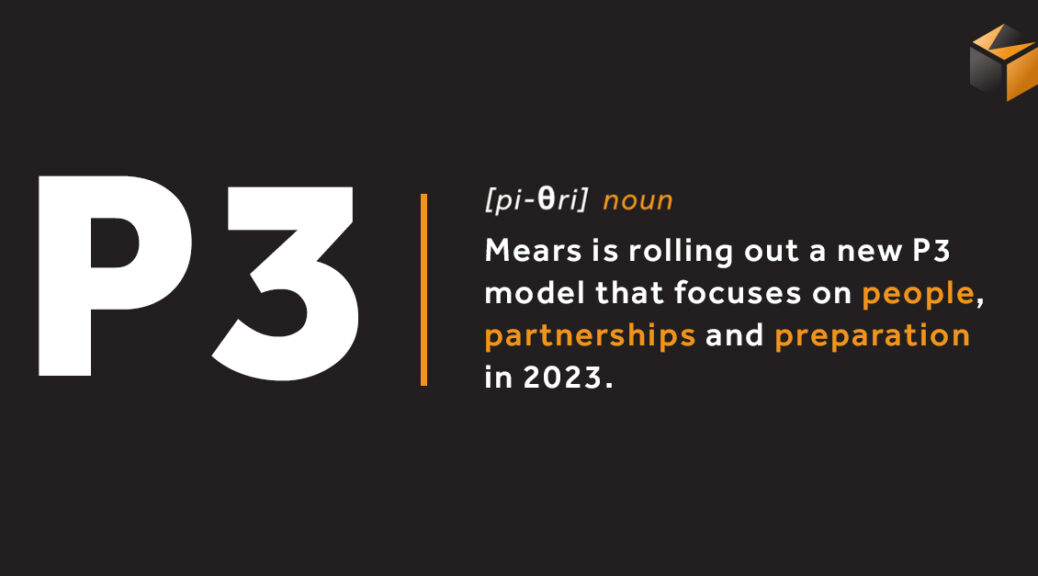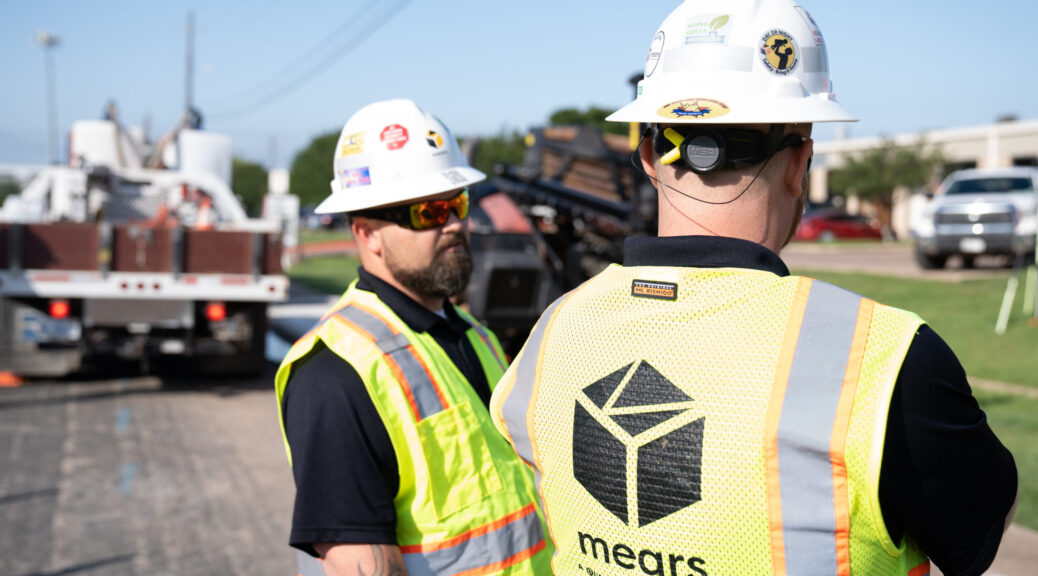High-speed internet is intertwined with our everyday lives, from telehealth visits to working from home to streaming movies and games. For unserved and underserved communities, laying the fiber optic infrastructure is the critical foundational element to access reliable, high-speed internet. And to achieve this, a people-first leadership approach from our state and local governments is needed.
With $42B of Broadband Equity, Access, and Deployment (BEAD) funding at stake, there is an opportunity to build our nation’s critical broadband infrastructure and close the digital divide. Fiber Broadband Association (FBA)’s CEO, Gary Bolton, emphasizes that states and municipalities must make broadband about people and not get sidetracked by politics.
“If policymakers focus on doing the right thing for the people, they will make the right decisions and avoid squandering this once-in-a-generation opportunity. States need to avoid making this about politics, such as advocating for a “technology neutral” program,’ explains Bolton.
Bolton warns that while a technology-neutral agenda may sound reasonable, fiber is superior in every measure. So, opening the door to inferior solutions puts communities at risk of being left behind.
On the February 15 episode of FBA’s Broadband. Money podcast, guest Evan Feinman (NTIA BEAD director) emphasized state laws that don’t follow NTIA’s guidelines could impact a state’s ability to receive BEAD funding. Feinman, who’s in charge of the $42B broadband infrastructure funding, warned that any state that does not prioritize fiber projects might not get their BEAD funding applications approved by NTIA.
The issues don’t end there, though. Bolton says, “A big issue we are seeing is permitting. A mayor might be begging service providers to deploy broadband in their community. But those efforts may be thwarted by an uncooperative permitting office, for example, which could throw up roadblocks making it untenable for broadband to be deployed in that geography. Again, further evidence that everyone must be on board for this to work,” stresses Bolton.
Strong Partnerships are the Foundation of the Fiber Broadband Transformation
The most expensive component of broadband deployment is the construction and partnerships. In at least 70% of fiber broadband deployment, construction is a critical part of the effort to get broadband to every community resident and business.
“Companies with stellar safety records are going to deliver the best results and lowest costs in the long run,” says Bolton. “Working with an experienced professional organization with a proven track record will minimize disruptions to streets and neighborhoods and mitigate construction delays due to errors that will result in significant cost overruns and potentially put citizens at risk.”
Bolton says that the most successful builds begin with developing partnerships with your construction organization, engineering consultants, and strategic distributors for supply, among others. Leaving these relationships to chance could lead to costly delays, torn-up streets and neighborhoods, potentially dangerous accidents, and – in some cases – failed projects.
For communities to deploy fiber to every citizen, providing jobs, economic development, and better access to education and healthcare is a once-in-a-generation opportunity. Fiber also allows critical infrastructure for intelligent grid modernization, 5G, and public safety. With this in mind, a people-first approach is needed to close the digital divide and ensure the future of fiber for us all.


